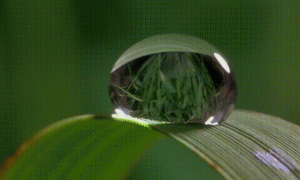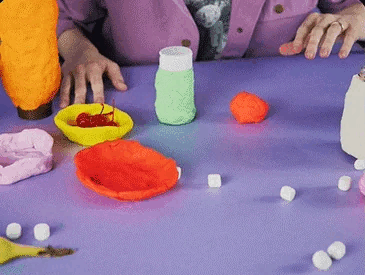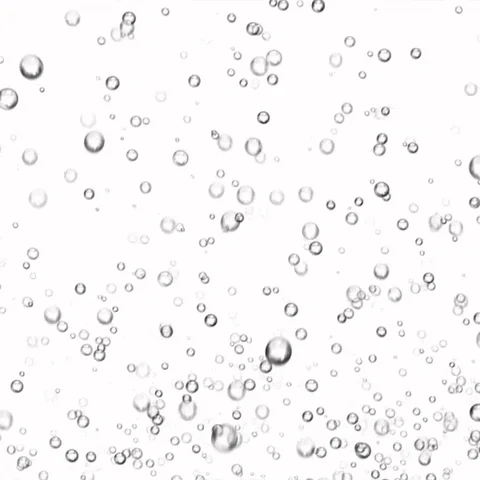5-PS1-1 focuses on Structure and Properties of Matter, specifically emphasizing that there are particles that make up everything, but they are often to small to be seen. In this post, we’ll pull apart the standard to better understand the specifics of what we’re asking for students to do and give examples for instruction and assessment that help scaffold students up to a summative sensemaking task.
Performance Expectation
Each standard contains a performance expectation that details how students can perform to show what they’ve learned. It describes what students can do, as opposed to what they understand.

In 5-PS1-1, the first thing we need to consider is that this standard asks students to develop a model to describe that matter is made of particles that are too small to be seen. The clarification statement talks about how we can use evidence of particle theory in examples such as using air to fill a balloon, evaporating salt water, or dissolving sugar in water. Each of these provides opportunities for students to see how particle theory comes to life in common everyday examples.
The Three-Dimensions

- The SEP for this performance expectation is developing and using models, and more specifically, students are asked to use a model to describe phenomena.
- There’s one elements of the DCI for students to apply in their models. Students must know that matter exists in particles that are too small to be seen, but these particles can still be detected. Students should also understand that gas particles move freely around in space, as we can see in the behavior of air particles in a balloon that push on the balloon, but aren’t solid.
- Finally, the Cross-Cutting Concept in this PE is Scale, Proportion, and Quantity. Students must understand that objects exist from the immensely large scale to a very small scale. This standard is very specifically focusing on the very small scale.
The Goals
By the end of a unit or lesson on this standard, students should achieve the following milestones:
-
- Understand that there are things we cannot see, which make up the larger things we can see.
- Sometimes, we can see evidence of theses smaller particles, in their behavior, such as when a balloon expands as air is blown into it.
- Understand that models can be used to show processes that we cannot observe with our eyes.
- Use a model to describe the behavior of smaller particles that we cannot see, through a model that describes a phenomena.
There are different ways to assess students on 5-PS1-1:
- Ask students to draw a model of the smaller parts that make up water. A good formative assessment might be: “When we shake the water up, we see bubbles in the bottle. Now draw a model to show what’s happening inside the water, that allows us to see these bubbles.”
- Have students work in groups, and share their models between members of the group. After each group member shares, have space below their model to write things they notice and wonder about each of their group’s models. At this point, you may want to pull groups in to a full class discussion to ensure there aren’t any misconceptions within the groups!
- To allow students an opportunity to take this a bit further, we can now ask them to move into different groups and have them use poster paper to: work as a group to draw a model to explain what happens when before, during and after we pour salt into a glass and mix it up.

Student Assessment Activity
Once students understand the concepts, they can develop models to describe the particle model of matter in many different phenomena! This might be an opportunity for individual assessments, asking students to model particles in a substance, or an opportunity to give students a hands-on task to show they can model the behavior of particles. A novel phenomena we can give students to make sense with a model might be: water evaporating

Students could draw “before, during and after” models of the water on paper, with computers, or they could use something hands-on, like play-doh, to model the water droplet on the leaf and where the matter from the water goes as/after it evaporates. We want students to show that they understand the water droplet is made of smaller parts.
When the water evaporates, those smaller parts are still there, but they spread out and go somewhere else. The assessment boundary does specify that we shouldn’t be asking students about the mechanisms of evaporation or condensation, but only want students to show us the broad idea that the particles were together in the droplet and now they are somewhere else.
The key here is that students need to understand the concept of things being made up of smaller parts, and that we can use models to describe those smaller parts and their behavior.

Summary
The key is for students to understand that everything is made up of atoms and molecules, even things we can see with our own eyes. Once they have that foundation, they can develop models to explain the world around us at different scales. And with those models, they’ll be making sense of the phenomena they see daily.
We hope this post helps you plan how to instruct and assess these specific topics. If you’d like to try InnerOrbit with your students, sign up for a free trial to build assessments from over 10,000 phenomena-driven questions, meticulously tagged, to deliver the most detailed data possible on SEPs, DCIs, and CCCs.


